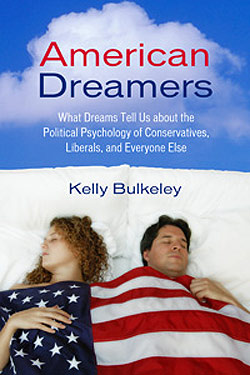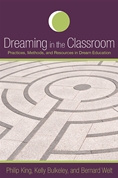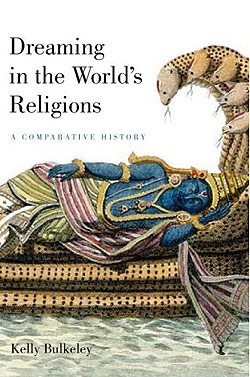 New York University Press
New York University Press
July 2008
From Biblical stories of Joseph interpreting Pharaoh’s dreams in Egypt to prayers against bad dreams in the Hindu Rg Veda, cultures all over the world have seen their dreams first and foremost as religiously meaningful experiences. Dreaming in the World’s Religions provides an authoritative and engaging one-volume resource for the study of dreaming and religion. It tells the story of how dreaming has shaped the religious history of humankind, from the conception dream of Buddha’s mother to the sexually tempting nightmares of St. Augustine, and from the Ojibwa vision quest to Australian Aboriginal journeys in the Dreamtime. Dreaming in the World’s Religions offers a carefully researched, accessibly written portrait of dreaming as a powerful, unpredictable, often iconoclastic force in human religious life.
“A pleasure to read, well written and full of fascinating examples. It combines a sensitive and sympathetic understanding of the religious meanings of dreams with a state-of-the-art treatment of the insights that cognitive neuroscience and evolutionary psychology bring to our understanding of them.” –Wendy Doniger, Mircea Eliade Professor of the History of Religions, University of Chicago, and author of Dreams, Illusion, and Other Realities
“Offers a sophisticated, yet easily accessible and engaging discussion of how and in what way dreams and a broad range of the world’s religions have enjoyed mutual influence throughout history. . . . This book is unique in that is provides a valuable resource for the serious scholar of religion, yet has equal potential for non-specialists interested in exploring how their own dreams may find relevance for their own lives, religious or otherwise.” –Nina P. Azari, Editor-in-Chief of the Encyclopaedia of Sciences and Religions
Main findings:
1. Dreams have strongly influenced the beliefs and practices of religious traditions all over the world, throughout history.
Each of the ten chapters of the book is devoted to a different religious tradition (or family of traditions) and its historical teachings about dreams, including Hinduism, Chinese religions, Buddhism, religions of the Fertile Crescent, Greek and Roman religions, Christianity, Islam, and the indigenous cultures of Africa, Oceania, and the Americas. In every case, dreams appear as a powerful medium of transpersonal guidance offering the opportunity to communicate with divine beings, gain wisdom and power, heal suffering, and explore new realms of existence.
2. Dreams and reason are not mutually antagonistic.
Voices of critical questioning and naturalistic analysis have risen up wherever and whenever humans have explored their dreams. It might be a surprise to those who assume that modern scientists were the first to explain dreaming as the mental by-products of sleep, but many ancient traditions recognized exactly the same psychophysiological dynamics at work in people’s dreams. The skeptical perspective did not come after religious perspective, nor even before it. Historically speaking, the two approaches are not mutually exclusive. They have coexisted from the start. The prototypical experiences of dreaming have provoked not only religious and spiritual experience but also a deeply human capacity for rational thought and critical reflection. Dreams have stimulated the power of reason to become increasingly aware of deceptive appearances, hidden connections, subtle perceptions, and cognitively impactful emotions.
3. Dreaming is a primal wellspring of religious experience.
This means that dreams, by virtue of their natural emergence out of the immensely complex, internally-generated activities of the mammalian brain during sleep, offer all human beings a potential source of visionary insight, creative inspiration, and expanded self-awareness. The abundant evidence of cross-cultural history proves that we are indeed a dreaming species. Through dreams humans have discovered the deepest realms of their psyches and grown in awareness of the powerful relational bonds that connect them to their families, communities, natural environments, religious traditions, and ultimately the cosmos itself. Whether dreaming came before religion or religion came before dreaming is an impossible question to answer. But we now have evidence strongly suggesting that the natural rootedness of dreaming in the human brain-mind system makes it a universally available source of experiential awareness of precisely those powers that people have historically associated with religion. To accept that evidence does not mean abandoning science or pledging faith to some religious creed or dogma. Rather, it means acknowledging the reality of an autonomous visionary capacity within the human brain-mind system, a capacity driven by an unconscious intelligence deeply rooted in our biological nature yet continuously striving for transcendent understanding and insight.
4. The pan-human prototypes of dreaming are rooted in the brain, the body, and the evolutionary history of our species.
In almost every known cultural tradition, people have described certain types of intensified, highly memorable dreams (e.g., flying, falling, being chased or attacked, meeting a dead relative, having sex), and I refer to them collectively as prototypical dreams Prototypical dreams are not universal in the sense that every single person experiences all of them. Rather, they are latent forms of dreaming potential. They reflect innate predispositions to dream in certain ways that, when actualized, make unusually strong impressions on waking awareness. In contrast to the vast majority of sleep experiences that fade into oblivion, prototypical dreams are actually quite easy to remember. Some of them are literally impossible to forget, remaining a vivid presence in people’s memories for the rest of their lives.
My basic argument in the book is that highly memorable prototypical dreams have played a powerfully creative role in virtually all the world’s religious and spiritual traditions. The consciousness-provoking impact of dreaming has not been sufficiently recognized by scientists or religious studies scholars, and my hope is to present a compelling case for taking dream experiences more fully into account in the comparative study of religion.
Each of the four prototypes I discuss is clearly associated with a distinct kind of carry-over effect of dreaming experience into the waking state. With sexual dreams the carry-over is a physical orgasm, of both the male and female varieties. With aggressive dreams it’s the hyper-activation of the fight/flight response—extreme fear, racing heart, rapid breathing, and full-body sweat. With gravitational dreams it’s the horribly realistic sensation of falling and waking up with a sudden gasping start. With mystical dreams it’s the blissful, ultra-realistic sensation of flying or the profound joy of being reunited with a deceased loved one. These kinds of direct emotional and bodily continuations of the dreaming experience into the person’s waking life are perhaps the strongest and most easily observed instances of the deeply rooted interplay of dreaming and waking consciousness. The palpable carry-over effects associated with prototypical dreams are clues to the specific processes by which dreaming contributes to healthy brain-mind functioning. Aggressive dreams reflect an adaptive concern with identifying and responding to threats in the waking world. Although emotionally disturbing, such nightmares have the beneficial effect (in survival terms) of stimulating greater waking-world vigilance toward similar threats. The evolutionary logic is simple: the more often and more intensely you dream of various kinds of threatening situations, the better prepared you’ll be to react effectively to those situations if and when they occur in waking life. Likewise with gravitational dreams, which accurately reflect and simulate the existential dangers of entropic destruction. The intense fear and horror generated by these dreams activates the fundamental instincts of self-preservation that must always be ready to respond immediately should a comparable danger arise in the waking world, whether it be falling off something high, getting in a car crash, or losing physical mobility. Sexual dreams prompt the reproductive system and envision a variety of possible ways of satisfying its desires. Their stimulating and taboo-defying effect on the erotic imagination is, I suspect, self-evident to most readers. The impact of mystical dreams is less directly tied to evolutionary biology, and more to the emerging spirit of human creativity. Dreams of the mystical prototype have the effect of enlarging people’s sense of life’s possibilities, expanding their awareness from a narrow fixation on what is to a broader consideration of what might be. Such dreams stretch the mind by pushing it to become more conscious of its own powers and the realities that extend beyond what is immediately present in normal perceptions of the waking world.
New York University Press
July 2008
From Biblical stories of Joseph interpreting Pharaoh’s dreams in Egypt to prayers against bad dreams in the Hindu Rg Veda, cultures all over the world have seen their dreams first and foremost as religiously meaningful experiences. Dreaming in the World’s Religions provides an authoritative and engaging one-volume resource for the study of dreaming and religion. It tells the story of how dreaming has shaped the religious history of humankind, from the conception dream of Buddha’s mother to the sexually tempting nightmares of St. Augustine, and from the Ojibwa vision quest to Australian Aboriginal journeys in the Dreamtime. Dreaming in the World’s Religions offers a carefully researched, accessibly written portrait of dreaming as a powerful, unpredictable, often iconoclastic force in human religious life.
“A pleasure to read, well written and full of fascinating examples. It combines a sensitive and sympathetic understanding of the religious meanings of dreams with a state-of-the-art treatment of the insights that cognitive neuroscience and evolutionary psychology bring to our understanding of them.” –Wendy Doniger, Mircea Eliade Professor of the History of Religions, University of Chicago, and author of Dreams, Illusion, and Other Realities
“Offers a sophisticated, yet easily accessible and engaging discussion of how and in what way dreams and a broad range of the world’s religions have enjoyed mutual influence throughout history. . . . This book is unique in that is provides a valuable resource for the serious scholar of religion, yet has equal potential for non-specialists interested in exploring how their own dreams may find relevance for their own lives, religious or otherwise.” –Nina P. Azari, Editor-in-Chief of the Encyclopaedia of Sciences and Religions
Main findings:
1. Dreams have strongly influenced the beliefs and practices of religious traditions all over the world, throughout history.
Each of the ten chapters of the book is devoted to a different religious tradition (or family of traditions) and its historical teachings about dreams, including Hinduism, Chinese religions, Buddhism, religions of the Fertile Crescent, Greek and Roman religions, Christianity, Islam, and the indigenous cultures of Africa, Oceania, and the Americas. In every case, dreams appear as a powerful medium of transpersonal guidance offering the opportunity to communicate with divine beings, gain wisdom and power, heal suffering, and explore new realms of existence.
2. Dreams and reason are not mutually antagonistic.
Voices of critical questioning and naturalistic analysis have risen up wherever and whenever humans have explored their dreams. It might be a surprise to those who assume that modern scientists were the first to explain dreaming as the mental by-products of sleep, but many ancient traditions recognized exactly the same psychophysiological dynamics at work in people’s dreams. The skeptical perspective did not come after religious perspective, nor even before it. Historically speaking, the two approaches are not mutually exclusive. They have coexisted from the start. The prototypical experiences of dreaming have provoked not only religious and spiritual experience but also a deeply human capacity for rational thought and critical reflection. Dreams have stimulated the power of reason to become increasingly aware of deceptive appearances, hidden connections, subtle perceptions, and cognitively impactful emotions.
3. Dreaming is a primal wellspring of religious experience.
This means that dreams, by virtue of their natural emergence out of the immensely complex, internally-generated activities of the mammalian brain during sleep, offer all human beings a potential source of visionary insight, creative inspiration, and expanded self-awareness. The abundant evidence of cross-cultural history proves that we are indeed a dreaming species. Through dreams humans have discovered the deepest realms of their psyches and grown in awareness of the powerful relational bonds that connect them to their families, communities, natural environments, religious traditions, and ultimately the cosmos itself. Whether dreaming came before religion or religion came before dreaming is an impossible question to answer. But we now have evidence strongly suggesting that the natural rootedness of dreaming in the human brain-mind system makes it a universally available source of experiential awareness of precisely those powers that people have historically associated with religion. To accept that evidence does not mean abandoning science or pledging faith to some religious creed or dogma. Rather, it means acknowledging the reality of an autonomous visionary capacity within the human brain-mind system, a capacity driven by an unconscious intelligence deeply rooted in our biological nature yet continuously striving for transcendent understanding and insight.
4. The pan-human prototypes of dreaming are rooted in the brain, the body, and the evolutionary history of our species.
In almost every known cultural tradition, people have described certain types of intensified, highly memorable dreams (e.g., flying, falling, being chased or attacked, meeting a dead relative, having sex), and I refer to them collectively as prototypical dreams Prototypical dreams are not universal in the sense that every single person experiences all of them. Rather, they are latent forms of dreaming potential. They reflect innate predispositions to dream in certain ways that, when actualized, make unusually strong impressions on waking awareness. In contrast to the vast majority of sleep experiences that fade into oblivion, prototypical dreams are actually quite easy to remember. Some of them are literally impossible to forget, remaining a vivid presence in people’s memories for the rest of their lives.
My basic argument in the book is that highly memorable prototypical dreams have played a powerfully creative role in virtually all the world’s religious and spiritual traditions. The consciousness-provoking impact of dreaming has not been sufficiently recognized by scientists or religious studies scholars, and my hope is to present a compelling case for taking dream experiences more fully into account in the comparative study of religion.
Each of the four prototypes I discuss is clearly associated with a distinct kind of carry-over effect of dreaming experience into the waking state. With sexual dreams the carry-over is a physical orgasm, of both the male and female varieties. With aggressive dreams it’s the hyper-activation of the fight/flight response—extreme fear, racing heart, rapid breathing, and full-body sweat. With gravitational dreams it’s the horribly realistic sensation of falling and waking up with a sudden gasping start. With mystical dreams it’s the blissful, ultra-realistic sensation of flying or the profound joy of being reunited with a deceased loved one. These kinds of direct emotional and bodily continuations of the dreaming experience into the person’s waking life are perhaps the strongest and most easily observed instances of the deeply rooted interplay of dreaming and waking consciousness. The palpable carry-over effects associated with prototypical dreams are clues to the specific processes by which dreaming contributes to healthy brain-mind functioning. Aggressive dreams reflect an adaptive concern with identifying and responding to threats in the waking world. Although emotionally disturbing, such nightmares have the beneficial effect (in survival terms) of stimulating greater waking-world vigilance toward similar threats. The evolutionary logic is simple: the more often and more intensely you dream of various kinds of threatening situations, the better prepared you’ll be to react effectively to those situations if and when they occur in waking life. Likewise with gravitational dreams, which accurately reflect and simulate the existential dangers of entropic destruction. The intense fear and horror generated by these dreams activates the fundamental instincts of self-preservation that must always be ready to respond immediately should a comparable danger arise in the waking world, whether it be falling off something high, getting in a car crash, or losing physical mobility. Sexual dreams prompt the reproductive system and envision a variety of possible ways of satisfying its desires. Their stimulating and taboo-defying effect on the erotic imagination is, I suspect, self-evident to most readers. The impact of mystical dreams is less directly tied to evolutionary biology, and more to the emerging spirit of human creativity. Dreams of the mystical prototype have the effect of enlarging people’s sense of life’s possibilities, expanding their awareness from a narrow fixation on what is to a broader consideration of what might be. Such dreams stretch the mind by pushing it to become more conscious of its own powers and the realities that extend beyond what is immediately present in normal perceptions of the waking world.
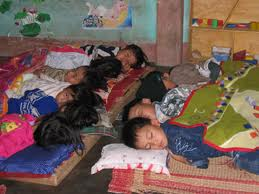 I’ve just begun a new project using word search methods to study dream reports from children and adolescents. I thought that showing in real time the steps of my analytic process might help other people learn how to apply these methods to their own dream studies.
I’ve just begun a new project using word search methods to study dream reports from children and adolescents. I thought that showing in real time the steps of my analytic process might help other people learn how to apply these methods to their own dream studies.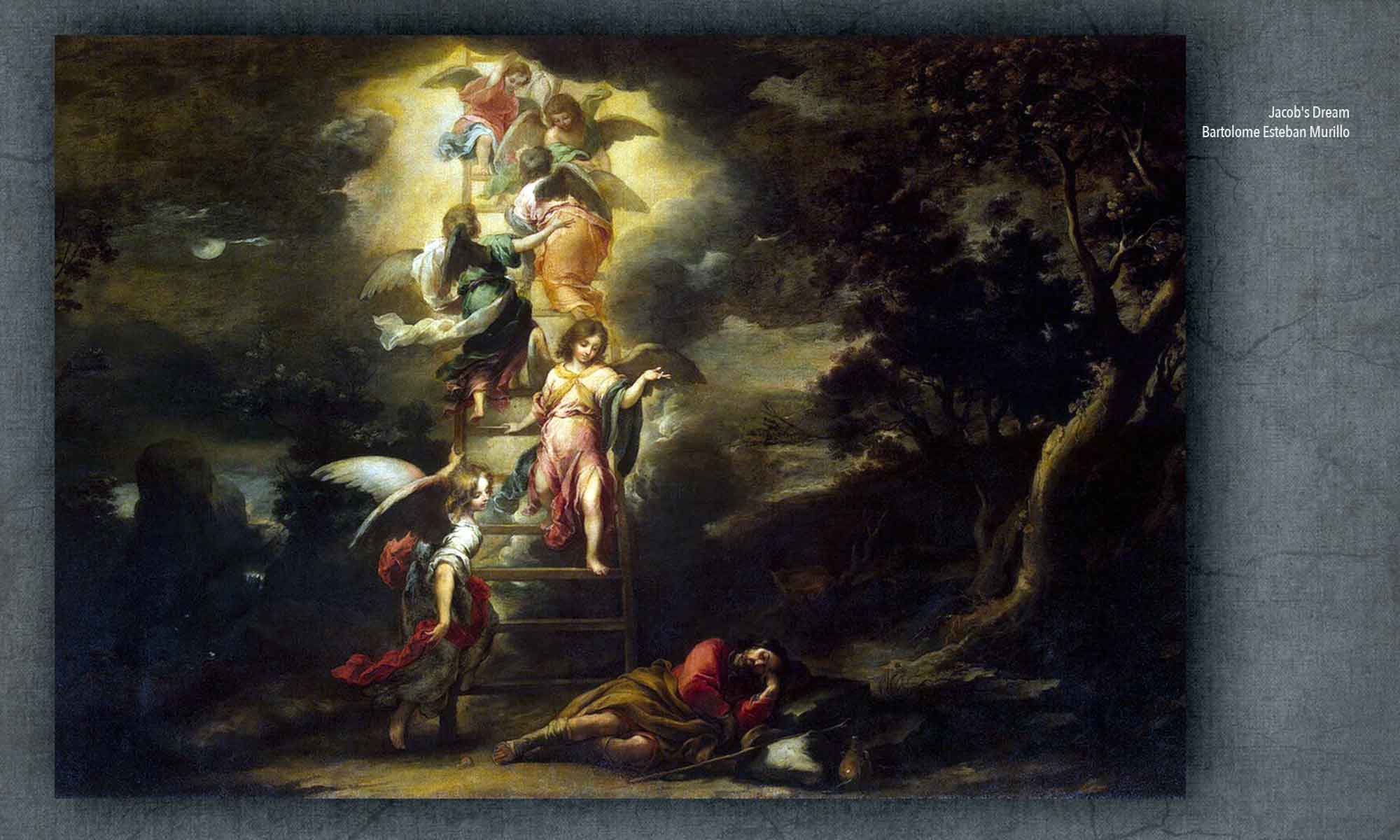
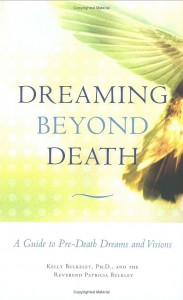
 New York University Press
New York University Press